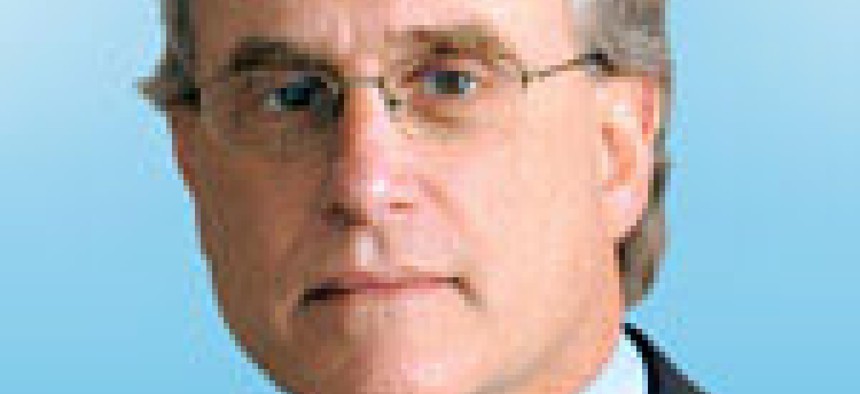Convergence in the market: Darwin's delight

As technology is increasingly delivered as a service, the need to adapt grows for both buyers and sellers in the government market.
When I was in government during the heyday of the acquisition reform movement in the 1990s, I would often point out that the need for real reform was driven by Darwinian principles. While many people think of Darwin talking only of the survival of the fittest, his real message was that the species most adaptable to change would be the most likely to survive.
That same concept could easily be applied to today’s evolving federal market for professional services and technology.
At the Professional Services Council, we describe this market shift as “convergence,” signaling the increasing integration of technology and professional services in ways that have largely obliterated traditional lines of demarcation.
It signals a set of changes to the marketplace that are having, and will continue to have, enormous impacts on both the industry seller and the government buyer. There are many examples of this convergence, of which infrastructure-as-a-service or platforms-as-a-service are but two.
Yet, those impacts and the issues and the challenges they present have not been adequately or collectively addressed. They are the driving force behind PSC’s creation of a technology policy council and it is time to elevate them to the forefront of the many acquisition and IT reform discussions.
Think, for a moment, of the implications of this shift and the questions it raises. Is an acquisition system largely designed for a traditional marketplace where services and products are separated adequately prepared for the effective procurement of infrastructure-as-a-service solutions where products, services and technology are fully integrated?
Do we have a requirements generation process that provides the requisite flexibility to account for fluctuating needs and constant technology change? Do the budgeting and appropriations processes need to be modernized to accommodate the shift from a “CapEx” to an “OpEx” business model?
Most observers would answer “no, no, yes.” But beyond that, there is much work to do to fully answer each question.
In short, convergence in the marketplace and operational sphere must also drive convergence in the policy environment. It should be obvious that any market shift that is not addressable through fully aligned requirements, acquisition, and fiscal policies will face substantial implementation problems.
Instead, there continues to be a set of disaggregated efforts underway to “reform” IT acquisition or “improve services acquisition” with too little recognition that the distinction is increasingly inaccurate.
That recognition is becoming clearer in industry, even as the questions remain and answers evolve. And it is not just technology company leaders that recognize this trend. It has also strongly resonated with the CEOs of many of our non-technology firms.
For them, technology has long been a key enabler for the work they do, across multiple customer sets. But today, customer expectations are changing along with the pace of technology change. Hence, how they work with their technology partners, and how they drive, sell and price innovative and dynamic rather than static solutions, are also beginning to change in fundamental ways.
Of course, it is always possible to overstate the implications of convergence. After all, some infrastructure-as-a-service offerings are being effectively procured under traditional service contracting strategies. In other cases, some of the new challenges have a lot in common with challenges we have faced over time with public-private partnerships, energy savings performance contracts, and more.
But where the pace of change is particularly rapid, there is a need for new and different thinking, and a different set of processes, policies, and skills.
It has never been more important to address these challenges holistically and to avoid addressing them through traditional functional prisms or silos. Indeed, just as the very structure of species have evolved in response to a changing environment around them, so too must we.
NEXT STORY: 4 to do's for small biz success

